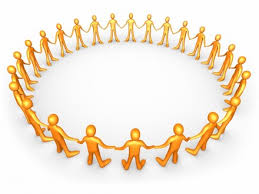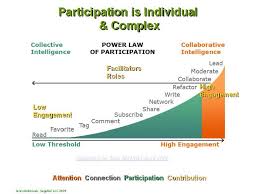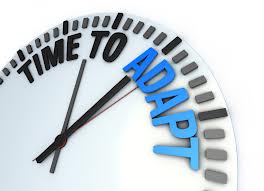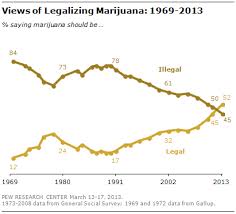 DonorDreams blog is honored to be hosting the May 2013 Nonprofit Blog Carnival. The theme this month is “Dear board volunteer . . .” and the idea is “If you could write an anonymous letter to a nonprofit board about something they do that drives you crazy, what would that letter look like and what suggested solutions would you include?” If you are a blogger and would like more information on how to participate and submit a post for consideration, please click here to learn more.
DonorDreams blog is honored to be hosting the May 2013 Nonprofit Blog Carnival. The theme this month is “Dear board volunteer . . .” and the idea is “If you could write an anonymous letter to a nonprofit board about something they do that drives you crazy, what would that letter look like and what suggested solutions would you include?” If you are a blogger and would like more information on how to participate and submit a post for consideration, please click here to learn more.
I wanted to expand the Nonprofit Blog Carnival concept in May. So, I reached out to real non-profit professionals and asked them to also write an anonymous letter to their board volunteers. These people are executive directors, fundraising professionals, board members, donors, community volunteers, consultants and front line staff. I promised everyone anonymity in exchange for their submissions.
We will celebrate May’s Nonprofit Blog Carnival on Wednesday, May 29, 2013. Up to that fun-filled day, I will publish real anonymous letters every day from real non-profit professionals right here at DonorDreams blog.
I hope you enjoy this real look at real issues that our community deals with on a daily basis.
Here is today’s letter:
Dear Board Members,
We are so excited that our upcoming fund raiser is nearly at capacity. You all have done an outstanding job in talking up the event to your friends and colleagues, and in getting others to buy tickets to the event. Thank you for that.
Several years ago, you established a process that let each event committee determine the policies around which each event would operate. Once the policies were established by each committee, they were accepted or modified by the full Board. Now I know that each of you did not agree personally with all the policies, but majority rules and the policies were set, or at least I thought so.
To my surprise, and dismay, now I find out that there are many of you asking, assuming, or demanding that we don’t enforce these policies, at least as it concerns you. Some of you want to bring more people with you, of course at no additional cost. Some of you even think you should be allowed to come for free because you are a Board Member.
Good grief, this is a Fund Raising Event. It is designed to make money! Don’t you get it?
Now here is what really ticks me off. You don’t call or email me — the executive director — with these ideas. No, you call or email my event staff, who are already intimidated by you. What kind of spot do you think this puts them in?
So what do we do about this?
First, if you want to make a difference in how an event operates, volunteer to serve on the committee that designs the event. We would love to have more of you actively engaged in these committees. Second, when the committee presents the event at the Board Meeting, speak up, express your concerns then. Make your vote count. Third, once the Board accepts the policies surrounding an event, accept them. We all need to follow the direction the Board sets.
And please, call or email me if you are having issues or concerns with an event. Calling or emailing my staff with this sort of thing just isn’t appropriate or helpful. However, you must know that while I will listen to you or read your email, I will always back up the Board’s decision. You really would not want me to do otherwise.
Sincerely,
Lonely at the top
If you have some advice for the author of our anonymous letter, please be respectful and share it in the comment box at the bottom of this post.
Here’s to your health!
Erik Anderson
Founder & President, The Healthy Non-Profit LLC
www.thehealthynonprofit.com
erik@thehealthynonprofit.com
http://twitter.com/#!/eanderson847
http://www.facebook.com/eanderson847
http://www.linkedin.com/in/erikanderson847



















